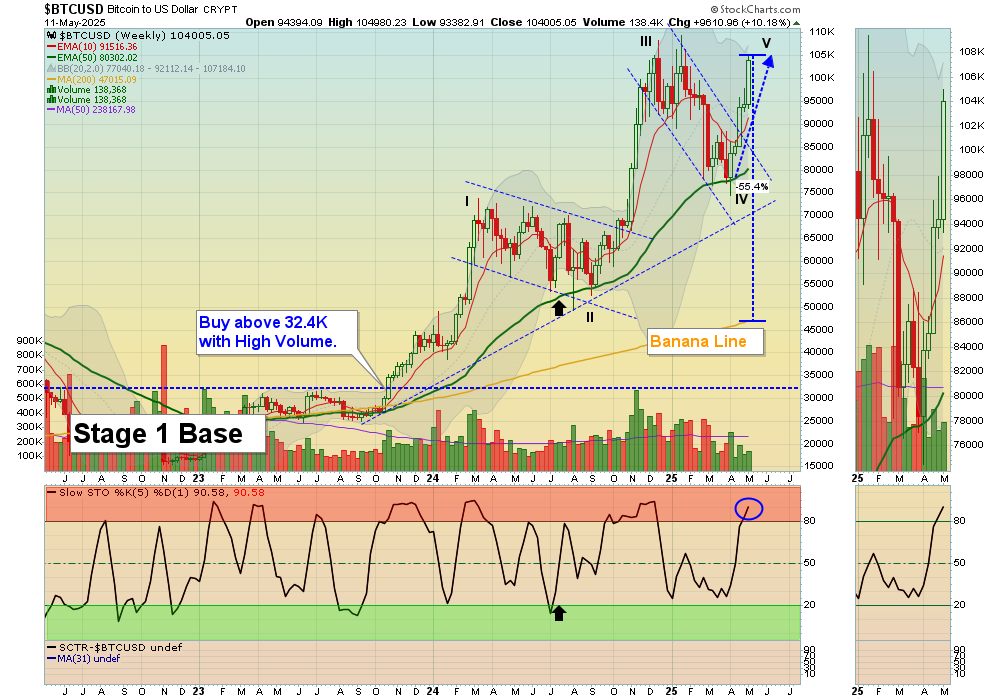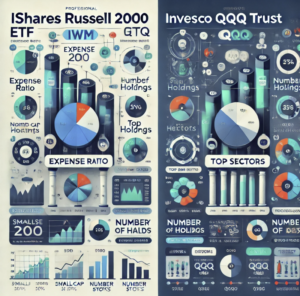
By ATGL
Updated May 31, 2024
Asset allocation is a fundamental concept in investment strategy, particularly for those looking to optimize their portfolios using exchange-traded funds (ETFs). This blog post will discuss the principles of asset allocation, its primary goals, the benefits of diversification, and how to build a robust ETF asset allocation strategy tailored to individual financial goals.
What Is Asset Allocation?
Asset allocation refers to the practice of distributing investments across various asset classes to balance risk and reward according to an investor’s goals, risk tolerance, and investment horizon. In the context of ETFs, asset allocation involves selecting a mix of ETFs that invest in different sectors, geographies, and asset types, such as equities, bonds, and commodities. The main idea is to create a portfolio that maximizes returns while minimizing risk.
Common asset classes include:
- Equities: Offer growth potential but come with higher volatility.
- Bonds: Provide stable income and lower risk compared to stocks.
- Commodities: Act as a hedge against inflation and add diversification.
- Real Estate: Offers income through dividends and potential for appreciation.
What Is the Primary Goal of Asset Allocation?
The primary goal of asset allocation is to manage risk while striving for returns that align with an investor’s financial objectives. By diversifying investments across multiple asset classes, investors can reduce the impact of poor performance in any single asset class. Asset allocation helps in achieving a balanced portfolio that can withstand market volatility and achieve long-term growth. This approach means that investors are not overly exposed to any single market event or economic downturn.
The Benefits of a Diversified Portfolio
A diversified portfolio offers numerous advantages, primarily by reducing risk. When investments are spread across various asset classes, the negative performance of one can be offset by the positive performance of another. This reduces the overall volatility of the portfolio.
ETFs are an excellent vehicle for diversification due to their inherent structure, which allows investors to hold a basket of securities. For instance, ETF sector portfolios can help investors target specific industries without the need to pick individual stocks, providing broad exposure and reducing company-specific risk. Diversification can also help in capturing growth from multiple sectors simultaneously.
How To Build a Solid ETF Asset Allocation Strategy
As an investor seeks to construct a well-diversified portfolio tailored to their financial goals and risk tolerance, developing a robust ETF asset allocation strategy becomes an essential stepping stone.
Assess the Risk Tolerance and Investment Goals
Understanding risk tolerance and setting clear investment goals is the first step in building an effective asset allocation strategy. Risk tolerance varies among individuals based on factors like age, income, financial responsibilities, and personal comfort with market fluctuations. Clear investment goals, whether for retirement, education, or wealth accumulation, will guide the allocation process by defining the target return and acceptable risk levels. Investors should consider using risk assessment tools and consulting with a financial advisor to accurately gauge their risk profile.
Diversify With Different Types of ETFs
Diversification within ETFs involves selecting a variety of ETFs that cover different sectors, asset classes, and geographies. This might include:
- Equity ETFs: Provide exposure to a broad range of stocks or specific sectors.
- Bond ETFs: Focus on fixed-income securities, offering stability and regular income.
- Commodity ETFs: Invest in physical commodities like gold, oil, or agricultural products.
- International ETFs: Offer exposure to foreign markets, reducing dependence on domestic performance.
Consider the Time Horizon
Investment time horizon significantly influences asset allocation decisions. Short-term investors might prioritize liquidity and lower-risk assets, while those with longer time horizons can afford to invest in higher-risk, higher-reward assets. For instance, younger investors saving for retirement may allocate more towards equity ETFs for growth, while older investors might prefer bond ETFs for income and stability. A longer time horizon allows for greater risk tolerance and the potential for higher returns.
Evaluate Expense Ratios and Fees
Expense ratios and fees are critical factors in choosing ETFs, as they directly impact net returns. ETFs generally have lower expense ratios compared to mutual funds, making them a cost-effective option for many investors. Comparing expense ratios can help in selecting funds that offer the best value. Even minor differences in fees can compound over time, significantly affecting overall returns.
Choose ETFs With Adequate Liquidity
Liquidity is essential when selecting ETFs, as it affects the ease of buying and selling shares without significantly impacting the price. High liquidity generally means lower bid-ask spreads, reducing transaction costs. Checking trading volumes can help determine an ETF’s l/iquidity. ETFs with higher liquidity are typically more stable and offer better price execution.
Review Performance History
Analyzing the historical performance of ETFs can provide insights into how they might perform in the future. This includes examining returns over different periods and under various market conditions. Single-stock ETFs offer leveraged or inverse exposure to the performance of/ a single stock, allowing investors to amplify their returns or hedge their positions without trading options or futures. Reviewing performance history helps identify consistent performers and understand their risk and return profiles.
Stay on Top of Market Trends
Market dynamics can shift, impacting the performance of various asset classes. Regularly reviewing and adjusting an investor’s portfolio ensures it remains aligned with their investment goals and risk tolerance. Subscribing to financial news, attending investment seminars, and consulting with financial advisors can help with staying updated.
Increase Profits With Our Winning Investment Strategy
Effective asset allocation is a foundation of successful investing, particularly with the versatility and benefits that ETFs offer. By assessing risk tolerance, diversifying across different types of ETFs, considering the time horizon, evaluating expenses, ensuring liquidity, reviewing performance history, and staying abreast of market trends, investors can build a robust ETF portfolio.
For those seeking expert guidance and a structured approach to asset allocation, consider exploring Above the Green Line’s membership options. Our proprietary metrics and systematic model can help you identify and capitalize on the best investment opportunities. Increase your profits and achieve your financial goals with our winning investment strategy.






